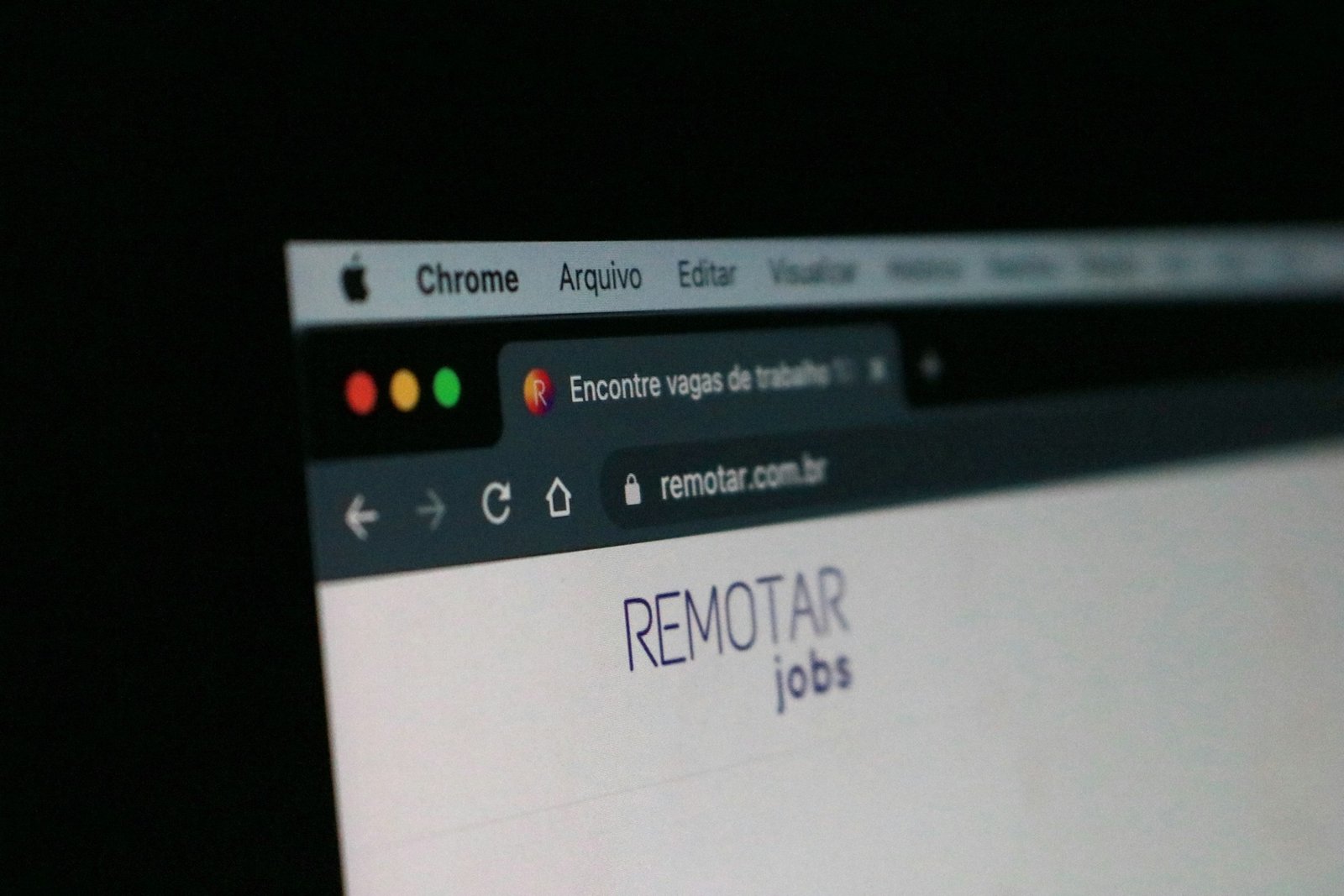Dreaming of funding your nomad life with a steady gig while sipping coffee in Playa del Carmen or Bansko? Finding remote work is the ticket, and in 2025, with 40% of companies offering remote roles, the opportunities are endless. For 35 million digital nomads, remote job boards are the go-to for landing jobs that support visas and travel. This guide highlights the top job boards for nomads, with tips to score gigs. Packed with 2025 trends and X insights, here’s your roadmap to remote work success.
Why Use Job Boards?
Job boards connect nomads to global employers, offering roles in tech, writing, design, and more. They’re ideal for securing $2,000–$6,000 USD/month to meet visa thresholds (e.g., Portugal’s $3,511 USD/month) and fund hubs like Chiang Mai ($500–$900 USD/month). With searches for “remote jobs” up 30% (MBO Partners, 2025), boards are a nomad’s best friend.
Top Remote Job Boards for 2025
Here’s a rundown of the best boards, with nomad-friendly features.
1. We Work Remotely
- Focus: Tech, marketing, customer support.
- Cost: Free to browse; no fees for applicants.
- Listings: 5,000+ jobs/month (e.g., $50–$100 USD/hour developer roles).
- Best For: Tech nomads in Kuala Lumpur or Lisbon.
- Pros: High-quality listings, no commissions, global roles.
- Cons: Competitive; tech-heavy focus.
- Example: A coder in Medellín lands a $4,000 USD/month developer job, meeting Colombia’s $684 USD/month visa.
- Why It Works: Curated jobs suit nomads; X users call it “the gold standard.”
2. FlexJobs
- Focus: All fields (writing, design, admin).
- Cost: $24 USD/year for full access.
- Listings: 30,000+ jobs/month (e.g., $20–$60 USD/hour writing gigs).
- Best For: Diverse nomads in Playa del Carmen or Málaga.
- Pros: Vetted jobs, scam-free, flexible roles (part-time/full-time).
- Cons: Subscription fee, slower for high-end roles.
- Example: A writer in Chiang Mai finds a $2,500 USD/month content gig, covering Thailand’s DTV ($13,665 USD bank balance).
- Why It Works: Broad range appeals to non-tech nomads; X praises its reliability.
3. Remote OK
- Focus: Tech, design, non-tech (e.g., teaching).
- Cost: Free to browse; no fees.
- Listings: 2,000+ jobs/month (e.g., $30–$80 USD/hour design roles).
- Best For: Budget nomads in Bansko or Buenos Aires.
- Pros: Simple interface, global jobs, no sign-up needed.
- Cons: Fewer listings than FlexJobs, some unvetted posts.
- Example: A designer in Bali secures a $3,000 USD/month UI gig, funding a B211A Visa.
- Why It Works: Easy access for beginners; X users like its no-frills approach.
4. ProBlogger Job Board
- Focus: Writing, blogging, content creation.
- Cost: Free to browse; no fees.
- Listings: 200+ jobs/month (e.g., $20–$50 USD/hour blogging).
- Best For: Writers in Medellín or Lisbon.
- Pros: Niche focus, high-quality clients, no commissions.
- Cons: Limited to writing, fewer listings.
- Example: A nomad in Málaga lands a $1,500 USD/month blog gig, supporting Spain’s $2,853 USD/month visa.
- Why It Works: Perfect for writers; X posts highlight its targeted gigs.
Comparison of Job Boards
| Board | Cost (USD) | Listings/Month | Best For | Key Feature |
|---|---|---|---|---|
| We Work Remotely | Free | 5,000+ | Tech nomads | High-quality tech jobs |
| FlexJobs | $24/year | 30,000+ | Diverse nomads | Vetted, scam-free listings |
| Remote OK | Free | 2,000+ | Budget nomads | Simple, no sign-up needed |
| ProBlogger | Free | 200+ | Writers | Niche writing gigs |
Tips for Using Job Boards
- Optimize Your Profile: Tailor resumes with keywords (e.g., “remote developer”) and nomad-friendly skills. Use LinkedIn for credibility.
- Apply Early: Check boards daily; top jobs fill in 1–3 days. Apply to 5–10 jobs/week.
- Customize Applications: Write cover letters highlighting nomad adaptability (e.g., time zone flexibility).
- Avoid Scams: Verify employers via FlexJobs; skip unpaid trials.
- Join X Groups: Follow “Remote Work Nomads” for board recommendations.
Pros and Cons
- Pros:
- Free or low-cost access (FlexJobs at $24 USD/year).
- High-earning potential ($2,000–$6,000 USD/month).
- Global roles suit nomad mobility.
- Cons:
- Competitive; top jobs need strong portfolios.
- FlexJobs requires a fee.
- Scams exist on free boards like Remote OK.
Financial Breakdown
- Costs: $0–$24 USD/year (FlexJobs subscription).
- Earnings: $2,000–$6,000 USD/month from jobs.
- Budget Impact: Minimal investment for high returns.
- Income Needs: $2,000–$6,000 USD/month for visas/living.
Extra Tips
- Build a Portfolio: Showcase work on Behance or Medium.
- Network: Connect with employers on X for referrals.
- Upskill: Take Udemy courses ($10–$50 USD) to boost hireability.
- Track Applications: Use Notion (free) to manage job submissions.
For more on info remote work, check out our guide on Best Gear & Tools for Remote Workers in 2025.
Conclusion
The top remote job boards in 2025—We Work Remotely, FlexJobs, Remote OK, and ProBlogger—are your gateway to funding nomad life in hubs like Chiang Mai or Medellín. Optimize your applications, apply early, and use reddit for job board tips to land high-paying gigs. Whether you’re a coder in Kuala Lumpur or a writer in Lisbon, these boards offer roles to support your visa and travel dreams. Start browsing, tailor your pitch, and turn your laptop into a global paycheck!







